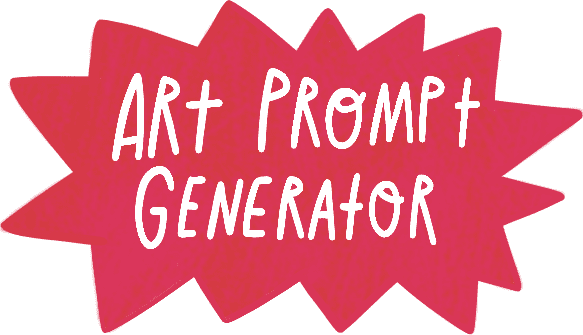
-
Pinterest
In today’s fast-paced world, anxiety can creep up on us, often unnoticed until it’s a pervasive presence in our daily lives. It manifests in various ways—racing thoughts, restlessness, or a persistent sense of worry. While there are numerous ways to manage this common condition, one effective approach is through meditation. Meditation techniques to ease anxiety can be powerful tools for calming the mind and easing anxiety, helping you to find a serene oasis in your day-to-day life. In this article, you will see the best simple meditation techniques to ease anxiety.
The Benefits of Meditation to Ease Anxiety
Meditation is more than just a moment of peace. It actively changes how your brain processes emotions, which can reduce the intensity and frequency of anxious feelings. Regular practice can help you develop a stronger command over your thoughts, making it easier to manage stress and anxiety. Here are ten simple meditation techniques designed to help soothe your anxious mind. Each method is accessible, requiring only a few minutes a day to implement.
1. Mindful Breathing
This fundamental meditation technique involves focusing solely on your breath. Sit in a comfortable position, close your eyes, and simply observe the natural rhythm of your breath. Feel the air enter through your nostrils, fill your lungs, and then release. Whenever your mind wanders, gently bring your attention back to your breath.
2. Body Scan Meditation
Start at the top of your head and move down to your toes, focusing on each part of your body one by one. Notice any sensations, tension, or discomfort. Don’t try to change these feelings; simply observe them. This practice can help connect your mind and body, diverting attention away from anxious thoughts.
3. Visualization
Visualization involves forming mental images of places or situations you find relaxing. Imagine yourself in a peaceful place, like a quiet forest or a deserted beach. Engage all your senses to enhance the experience—smell the sea, hear the waves, feel the sand beneath your feet. This can provide a temporary escape from the stress of everyday life.
4. Walking Meditation
Walking meditation combines mindfulness with gentle physical activity. Find a quiet path, and focus on the experience of walking. Pay attention to the sensations in your legs and feet with each step you take. This practice helps keep you grounded in the present moment.

-
Pinterest
5. Mantra Meditation
In mantra meditation, you silently repeat a calming word or phrase, which can help focus and quiet your mind. Choose a word that holds personal significance or a simple sound like “Om.” Repeat your mantra slowly and steadily, letting its rhythm soothe you.
6. Loving-Kindness Meditation
This technique involves directing thoughts of love and kindness towards yourself and others. Start by offering kindness to yourself, then gradually extend it to friends, family, acquaintances, and even those you have difficulty with. This can reduce self-criticism and foster compassion.
7. Progressive Relaxation
Also known as muscle relaxation, this technique involves tensing and then relaxing different muscle groups in your body. Start with your toes and work your way up. This method helps you become aware of physical sensations and aids in releasing muscle tension associated with anxiety.
8. Guided Imagery
Guided imagery involves listening to spoken narratives that lead you through a peaceful scene or a series of experiences. These guides can be found in apps or online. They provide a structured way to calm the mind and reduce anxiety.
9. Mindful Eating
This form of meditation involves focusing on the process of eating. Notice the texture, taste, and sensations of the food. Eating slowly and intentionally can help you enjoy the moment and reduce anxiety related to meals or social eating situations.
10. Zazen (Zen Meditation)
Zazen is a type of meditation that can be particularly effective for those who seek a structured practice. It involves sitting in a specific posture and focusing on your breath while observing the thoughts and sensations that arise, letting them go without attachment.

-
Pinterest
Incorporating Meditation into Your Routine
To effectively reduce anxiety, try incorporating one or more of these techniques into your daily routine. Even five to ten minutes can make a significant difference. It’s important to choose a method that feels comfortable and sustainable for you. Remember, the goal of meditation isn’t to clear your mind of thoughts entirely but to learn how to observe them without judgment.
More Related Posts:
- Ignite your imagination: 30 Ways to Spark your Creativity
- The Gentle Power of Creativity: How Art Calms the Mind and Nourishes the Soul
- 23 Tips to Manage Holiday Stress
Conclusion
Meditation offers a gentle yet powerful way to manage anxiety. By regularly practicing these techniques, you can develop greater mental clarity, emotional stability, and a deeper sense of inner peace. As you continue to explore these practices, you may find that not only is your anxiety easing, but your overall sense of well-being is also improving. Start small, be patient with yourself, and watch how your journey unfolds.


